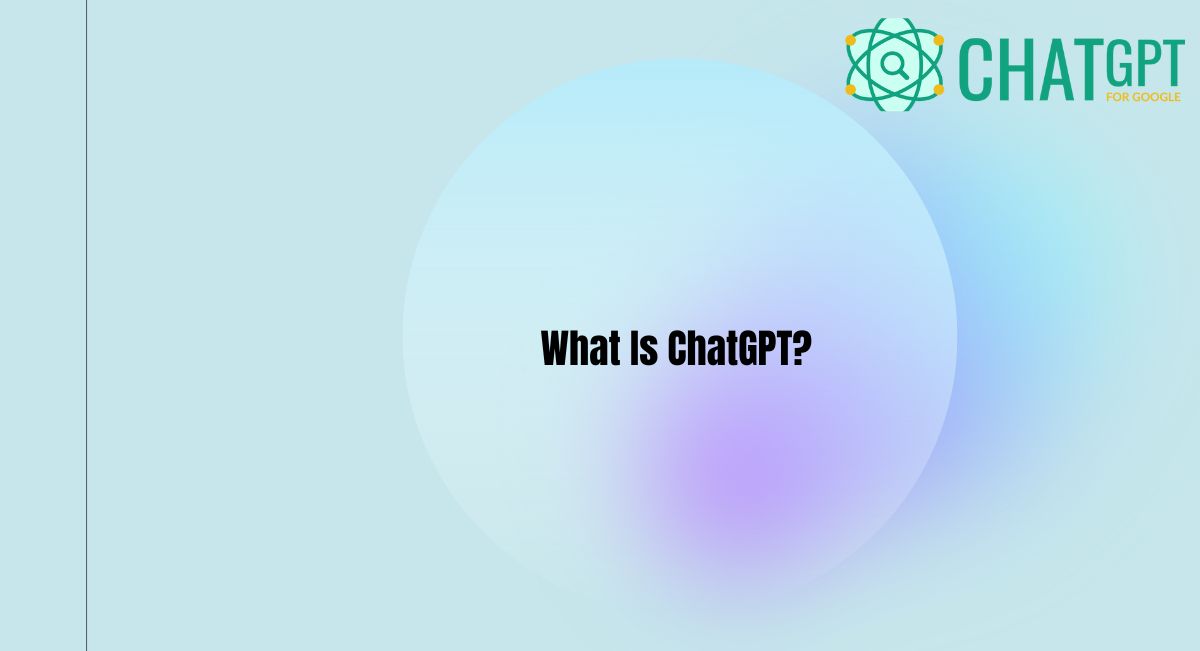
OpenAI created ChatGPT, an artificial intelligence chatbot that engages users in discussion. It is designed to generate human-like text in response to a given prompt or question, making it a powerful tool for natural language processing applications. ChatGPT was created with a focus on interactive dialogues and has proven to be remarkably excellent at understanding and answering complicated questions. It can clarify things by asking questions in order to debug code, comprehend references, and handle delicate subjects with care. In general, ChatGPT represents the next stage in conversational AI, offering users a unique and engaging experience.
What Is ChatGPT Used For?
ChatGPT has a wide range of applications which includes:
Chatbots and virtual assistants: ChatGPT can be used to develop chatbots and assistants that interact with users in a manner comparable to that of a human, responding to inquiries, transferring knowledge, and doing tasks.
Customer Support: ChatGPT can be used to enhance customer service by automatically responding to questions and complaints from customers.
Content Creation: ChatGPT can be used to create content, such as blog entries, articles, and social media updates, saving content providers time and effort.
Translation: ChatGPT’s machine translation feature enables users to instantly translate text across different languages.
Education: ChatGPT can be used to develop educational resources and online lessons that give students individualised feedback and direction.
How ChatGPT Works?
An AI-powered application called ChatGPT creates text responses to questions or prompts that resemble those of a human. It makes use of a neural network made up of several artificial neuronal layers that have been trained on a vast amount of data input.
ChatGPT predicts the most likely next word or series of words by examining the context of a prompt or question, producing responses that take into consideration the complexities of human languages, such as grammar, syntax, and idiomatic expressions.
ChatGPT uses a method known as “transformer architecture” to make responses as natural-sounding as possible. Thus, ChatGPT is the way to go if you require an AI chatbot to help you generate text.
Limitations of ChatGPT
ChatGPT is a strong AI language model with outstanding capabilities, but it also has a number of drawbacks, such as:
Lack of common knowledge: Because ChatGPT was trained exclusively on text data and lacks real-world experience, it might not have common sense and may not comprehend complexities of context.
Inability to reason: ChatGPT can provide responses that are intelligible and human-like, but it is unable to use logic or critical thinking. It just uses the incoming data’s patterns and associations to function.
Restricted memory: ChatGPT can only keep track of its own internal state at a time, which can be swiftly overwritten by fresh inputs.
Absence of emotions: ChatGPT is incapable of feeling emotions or empathy, which may make it challenging for it to react correctly to sensitive or emotionally related topics.
FAQ
ChatGPT is an AI language model developed by OpenAI that is capable of generating human-like responses to natural language inputs. It is based on the transformer architecture and is trained on vast amounts of text data to learn the nuances of human language.
ChatGPT works by using deep learning algorithms to analyze and understand natural language inputs, and generate responses that mimic human language. It does this by using a large pre-trained neural network that is capable of predicting the next word in a given sentence or phrase.
ChatGPT has a wide range of applications, including chatbots, virtual assistants, language translation, content creation, and more. It can be used to automate a variety of language-based tasks and improve the efficiency of natural language processing.
The benefits of using ChatGPT include improved efficiency and accuracy in language-based tasks, reduced costs associated with manual language processing, and the ability to automate a wide range of language-based applications. Additionally, ChatGPT can improve the user experience by providing human-like responses to natural language inputs.






No comment yet, add your voice below!